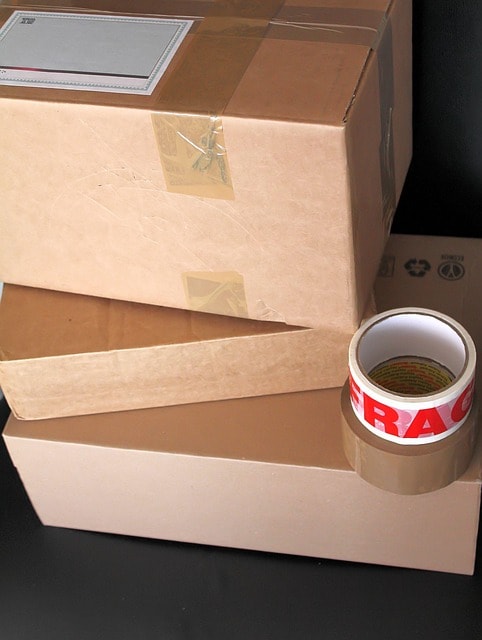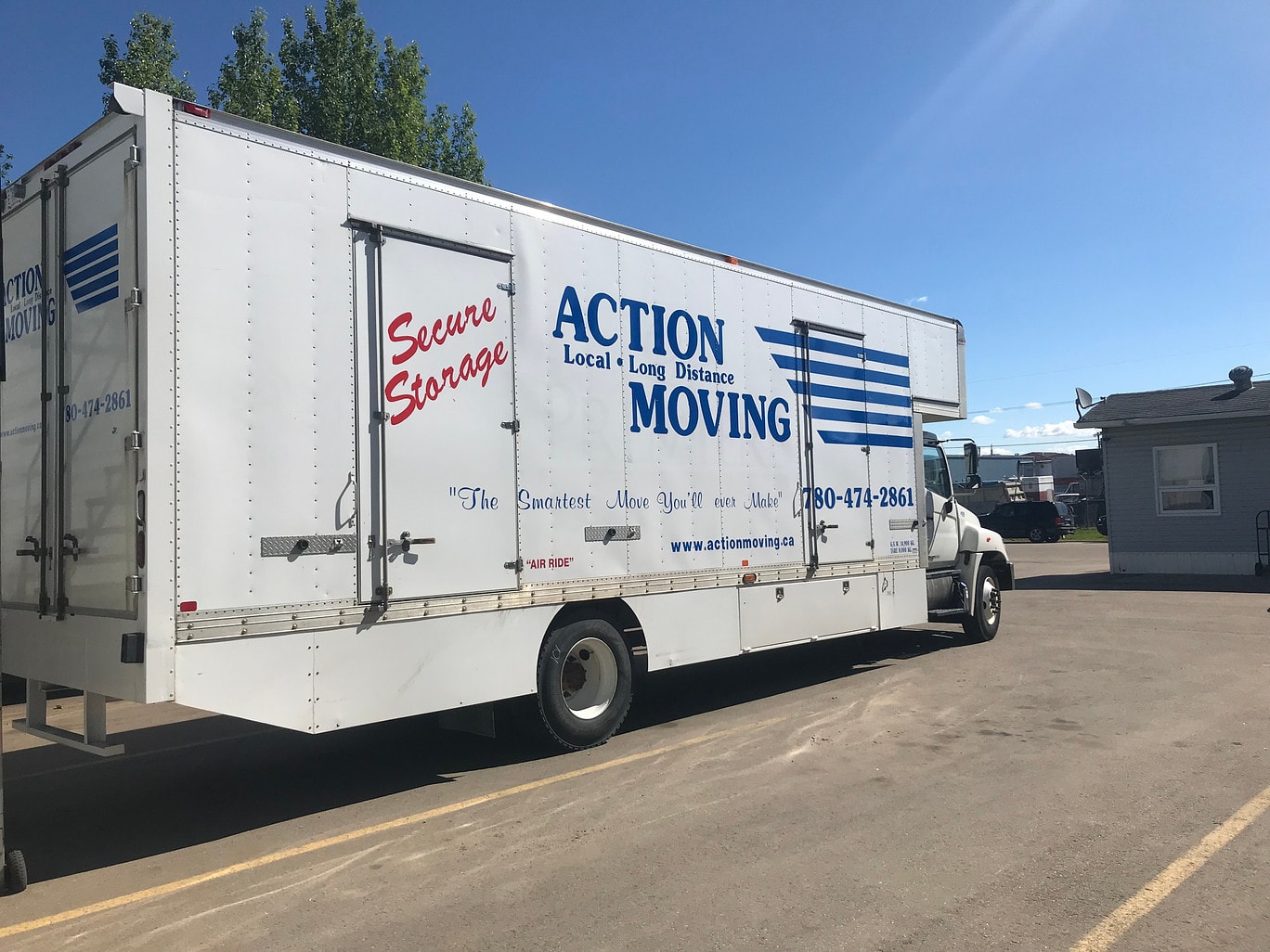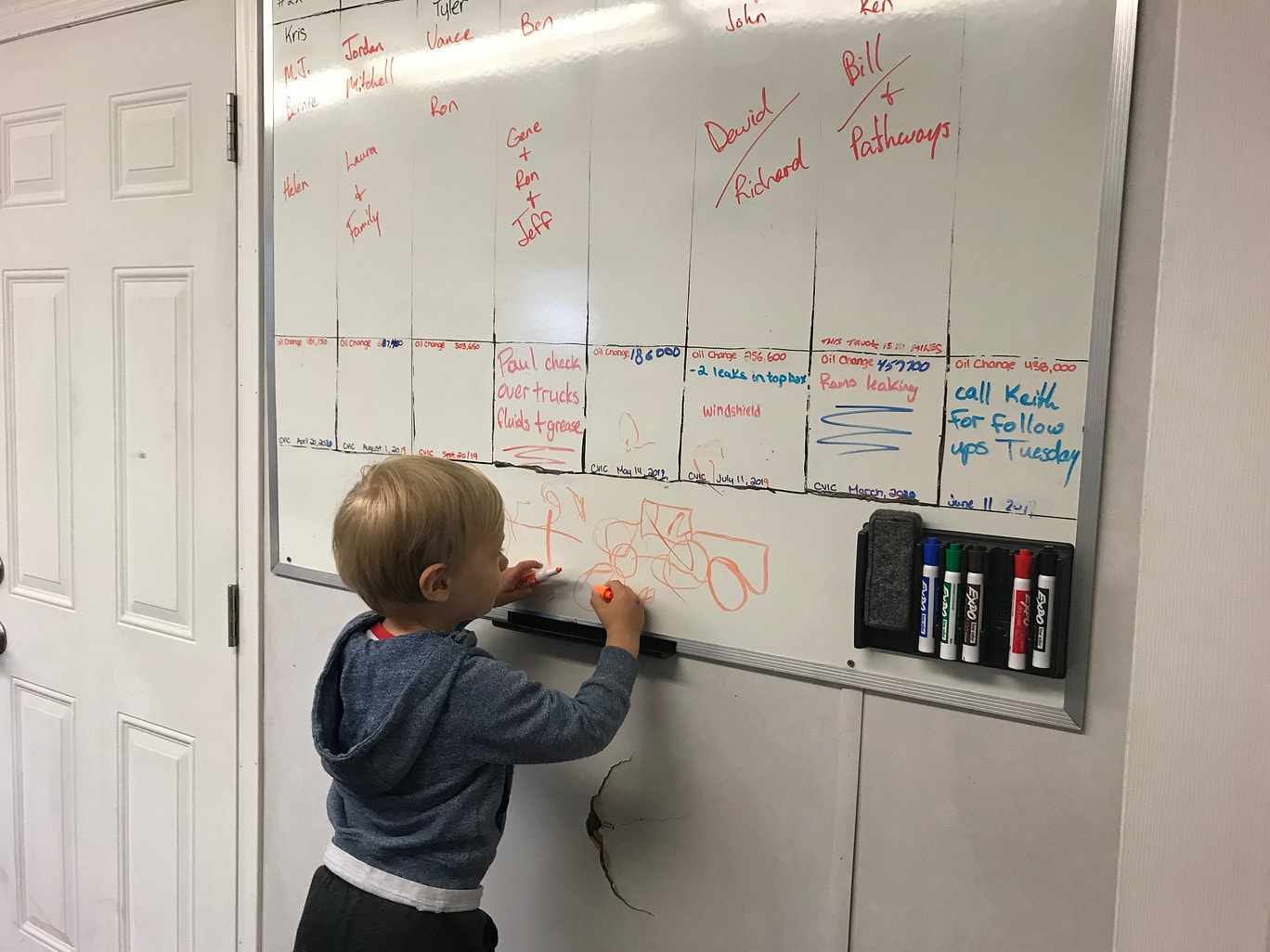Planning a long-distance move? This article gives essential tips to help you stay organized and reduce stress. Learn how to start early, choose the right moving company, and pack effectively.
Key Takeaways
- Start planning your move at least 2-3 months to reduce stress and stay organized.
- Declutter your belongings before packing to simplify the move and focus on your needs.
- Choose a reputable moving company like Action Moving and Storage and budget carefully.
Start Early and Stay Organized

Starting your long-distance move early ensures a smoother process. Begin at least 2-3 months before your move date to allow ample time for careful planning and stress reduction. Developing a detailed moving plan with timelines and tasks is essential. Include activities like researching local schools and setting up utilities in your new home. A thorough plan ahead will help you stay organized and minimize last-minute headaches.
One of the best ways to stay on track is to create a cross-country moving checklist. Outline each step of your move, including when to start packing and contact your moving company. This checklist will be your roadmap, ensuring that nothing is overlooked. Staying organized and adhering to your plan saves time and reduces moving-related stress.
Starting early and organizing is key to a successful move. So, grab a pen and paper (or your favourite planning app) and start mapping your move today!
Declutter Before You Move
Decluttering is an essential step. Eliminating items you no longer need simplifies and makes your move more efficient. Start by assessing each room in your house and deciding what to keep, donate, sell, or toss out. Consider removing clothes you haven’t worn in a year, unused kitchen appliances, and unread books. Not only does this lighten your load, but it also helps you stay organized throughout the move.
There are several ways to declutter effectively. Donate unwanted items to local charities, hold a garage sale, or sell items online. Recycling or tossing broken items that are no longer usable is also a good option. This process might take some time, but the effort is worth it. Decluttering reduces the number of moving boxes and overall expenses. You’ll have fewer items to pack, so you can begin packing more efficiently and hassle-free.
Ultimately, decluttering before your long-distance move simplifies the entire process. It lets you focus on what’s truly important and ensures that your new house is filled only with items you genuinely need and love.
Choose the Right Long Distance Moving Company

Picking the right moving company is critical for a successful long-distance move. Hiring reputable companies and checking reviews is essential to ensure they have a track record of reliable service. Start by researching various companies, comparing prices, and reading customer reviews. This will show you which companies are trustworthy and offer the best value for your money.
When comparing moving companies, make sure to get estimates based on the same weight and volume of items for an accurate cost comparison. Confirm the moving company can work with your desired schedule and has no conflicts with the moving date. It’s also essential to verify that the moving quote includes price certainty to avoid unexpected costs during the move. Avoid the cheapest option and consider the quality of service.
Experience, good reviews, and transparent pricing are key factors when selecting a long-distance moving company. An excellent moving company will have transparent pricing and give detailed estimates so you know exactly what to expect.
Remember, a professional moving company can alleviate much of the stress associated with long-distance moves. Wise choices ensure your belongings are safe and your move is smooth. So, start researching and comparing your options with long-distance moving tips and companies today!
Budget Your Move

Budgeting is crucial for any long-distance move. The cost is calculated based on the distance, amount of items, and additional services such as packing or storage. To avoid financial surprises, create a detailed budget spreadsheet that lists all potential expenses, including hiring a moving company, packing materials, travel arrangements, and any setup fees at your new location. This will help you visualize your costs and make informed decisions.
When planning your budget, consider moving fees, insurance, and related moving expenses, such as hotel stays, if your move spans several days. Moving mid-week or during the off-peak season can be more economical than moving on weekends or during the summer.
Unexpected costs, such as short-term storage if your new home isn’t ready on time, can also arise. Planning and setting aside a contingency fund allows you to handle these surprises without exceeding budget. Using uniform boxes for packing can save time and reduce costs during the moving process. Ensuring that hiring professional movers fits into your budget is essential.
Careful planning and budgeting can make your long-distance move more manageable and less stressful, especially when travelling long distances. Monitoring expenses and making wise financial decisions ensure a smooth transition to your new home with these distance moving tips.
Gather Quality Packing Materials
High-quality packing materials will better protect your belongings during a long-distance move. The quality of the packing supplies matters. Essential materials include:
- Moving boxes
- Bubble wrap
- Packing paper
- Packing tape
- Tape guns
- Markers
These items will assist you in packing efficiently and ensure your belongings are secure.
Bubble wrap is particularly important for cushioning fragile items and preventing breakage during the move. Furniture pads or blankets protect large furniture pieces from scratches and dents. Wardrobe boxes are a practical choice for transporting hanging clothes without folding them. Using the correct box sizes enhances packing efficiency and prevents damage during transit.
Real moving boxes and packing tape are crucial to avoid damage and facilitate easier stacking. Small boxes are advisable for heavy items to prevent breakage and ease moving. Investing in quality packing materials ensures your belongings are well-protected throughout the move.
Gathering the right materials is the first step in the packing process. The right supplies allow you to pack confidently, ensuring your items are safe during the long journey to your new home. So, stock up on quality packing materials and start packing!
Pack Strategically
Packing strategically is essential for maximizing space and protecting your belongings during long-distance travel. Begin packing early and use boxes appropriate for the weight of the items being packed. Small boxes are advisable for heavy items to prevent breakage and ease moving. Fill empty spaces in boxes with items like towels or clothing to maintain stability.
Pack them vertically when packing fragile items like dishes, and use plenty of padding for protection. Don’t put items from different rooms in the same box to prevent confusion during unpacking. Label each box with its contents. Additionally, include the room it belongs in to make unpacking easier. This will make the unpacking process much more manageable and efficient.
Organizing belongings by room while packing can facilitate easier unpacking and settling into your new home. Label boxes with Sharpies so their contents and intended room significantly streamline the unpacking process.
Following these packing tips saves time and reduces moving stress. Remember, strategic packing equals a successful move. Plan ahead and carefully pack to protect your belongings and ensure a smooth unpacking process.
Handle Important Documents Carefully
Careful handling of important documents is crucial during a move. Organize your important documents into categories such as personal identification, financial papers, and medical records to streamline access during the move. Keeping original documents in your vehicle’s secure, water- and fire-resistant folder is essential for their protection.
It’s important to keep essential paperwork like IDs, contracts, and health certificates accessible during the move. Creating digital backups of essential documents helps ensure accessibility in case physical copies are lost during the move. A moving binder can serve as a helpful tool for organizing packing and important documents.
Handling your essential documents with care keeps them safe and accessible throughout the move. This will give you peace of mind and allow you to focus on other aspects of your move.
Prepare for Moving Day
Thorough preparation ensures a smooth moving day. To avoid last-minute surprises:
- Confirm details such as the move date, time, address, and any special instructions with your moving company.
- Prepare your home by clearing pathways, disassembling large furniture, and designating fragile items for careful handling.
- Double-check utilities, services, and any items left behind before leaving for your move.
- Get up early on moving day to complete last-minute chores and ensure everything is in order before the movers arrive.
Being well-prepared ensures a smooth and efficient moving day.
Unpack Efficiently
Efficient unpacking is as crucial as strategic packing. Upon arrival, prioritize unpacking essential items such as cooking utensils, toiletries, and bedding—direct movers to place boxes in designated rooms to facilitate an organized unpacking.
Set small goals to help with the unpacking process. For example, aim to complete one room or unpack a specific number of boxes daily. As you unpack, group similar items and create a designated area for them. This will help you stay organized and make the unpacking process more manageable.
Reduce Moving Stress
Implementing effective planning and organization can reduce stress during a move. A personal timeline can help you track your moving tasks and stay organized, substantially easing the process. Surrounding yourself with friends or family can also ease emotional tension during the moving process.
During the moving process, take necessary breaks and have adhesive bandages on hand for minor injuries. These steps reduce moving stress and ensure a smoother transition to your new home.
Summary
A successful long-distance move requires careful planning, organization, and strategies. By starting early, decluttering, choosing the right moving company, budgeting effectively, gathering quality packing materials, packing strategically, handling important documents carefully, preparing for moving day, unpacking efficiently, and reducing stress, you can ensure a smooth transition to your new home.
Implement these tips and take control of your move. You can turn a potentially stressful experience into a smooth and enjoyable journey with the right approach. Ready to move? Get a free quote from Action Movers
Frequently Asked Questions
How far in advance should I start planning my long-distance move?
Start planning your long-distance move at least 2 to 3 months in advance to minimize stress. Taking this proactive step will help you feel more organized and in control!
What are some effective ways to declutter before a move?
Decluttering before a move can be empowering! Consider donating, selling, recycling, or discarding items you no longer need to create a fresh start in your new space.
How can I ensure I choose the right long-distance moving company?
To choose the right long-distance moving company, thoroughly research and compare prices, read reviews, and confirm they can meet your timeline. This diligence will ensure a smooth and stress-free move.
What should I include in my moving budget?
To ensure a smooth move, include costs for hiring a moving company, packing materials, travel arrangements, setup fees, and a contingency fund for unexpected expenses. Planning these details will set you up for success!
How can I reduce stress during my move?
To reduce stress during your move, focus on effective planning and organization, and don’t hesitate to lean on supportive friends or family. Remember to take breaks for yourself; you’ve got this!
